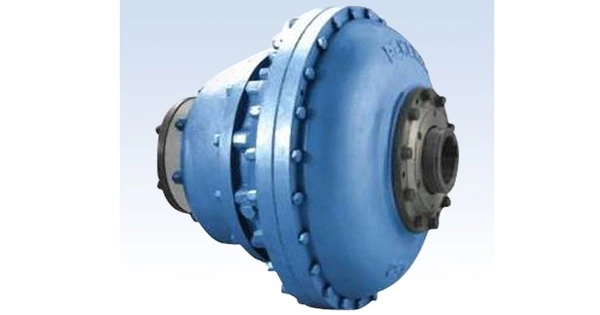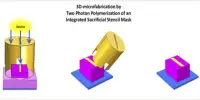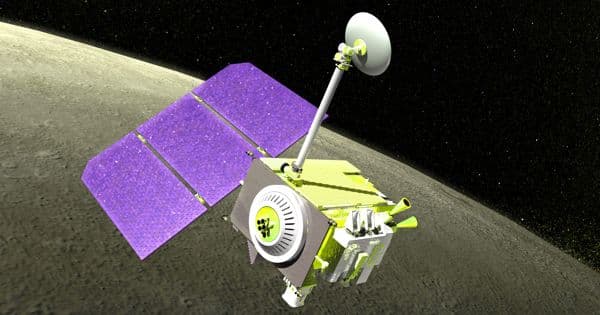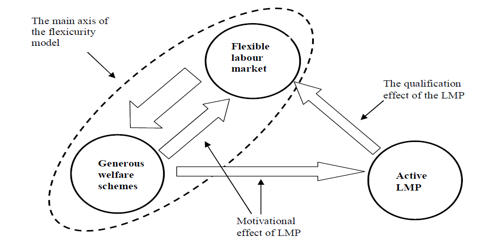A fluid coupling, sometimes known as a hydraulic coupling, is a hydrodynamic or ‘hydrokinetic’ device used to convey rotating mechanical power. It is a mechanical mechanism that transfers rotational power from one shaft to another in a smooth and regulated manner. It has been utilized in vehicle transmissions as a substitute to a mechanical clutch.
It is a sort of hydrodynamic power transmission device that is extensively employed in a variety of industrial applications, particularly when torque and speed conversion without mechanical gears is required. It is also widely used in maritime and industrial machine drives, where variable speed operation and controlled start-up without shock loading of the power transmission system are critical.
Hydrokinetic drives, such as this, should be distinguished from hydrostatic drives, such as hydraulic pump and motor combinations.
Here’s how a fluid coupling works:
- Basic Structure: A fluid coupling is made up of two major parts: an input (driving) shaft and an output (driven) shaft. These shafts are usually attached to the machinery or equipment that requires power transfer.
- Impeller and Runner: The impeller and the runner (sometimes known as the turbine or pump) are the two main components of the fluid coupling. The impeller is linked to the input shaft, while the runner is linked to the output shaft.
- Fluid Filling: A special transmission fluid, usually oil, is used to fill the fluid coupling. This fluid is the medium via which power is transferred. To ensure proper operation, the coupler must be filled to the right level.
- Operation: When the input shaft (driving shaft) starts rotating, it drives the impeller, which in turn, starts pumping or agitating the fluid inside the coupling. This creates a flow of fluid from the impeller to the runner.
- Torque Transmission: The fluid flow from the impeller to the runner generates a hydrodynamic force that causes the output shaft (driven shaft) to start rotating. The amount of torque transmitted from the input to the output shaft depends on the speed of the impeller and the design of the fluid coupling.
Advantages
One of the main advantages of a fluid coupling is that it allows for some slippage between the input and output shafts. This means that if the output shaft experiences a rapid increase in load, the input shaft can continue to revolve without causing harm to the machinery or overloading the motor.
Fluid couplings are commonly employed in applications requiring smooth and steady acceleration, such as conveyor systems, mining equipment, crushers, and various industrial gear. They are well renowned for their capacity to attenuate torsional vibrations and protect driveline components from shock loads.
















